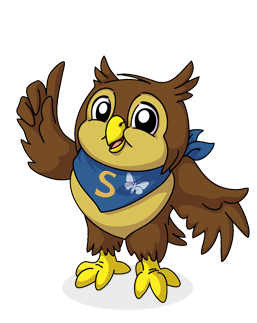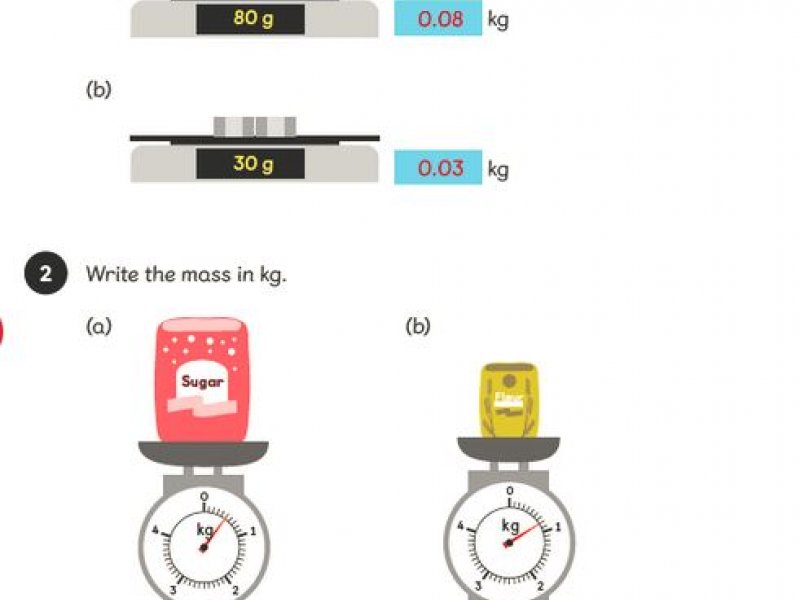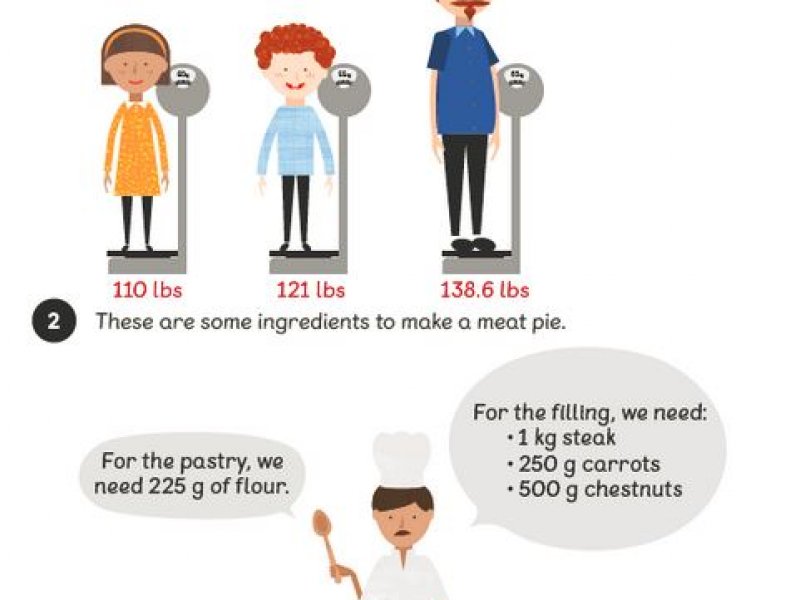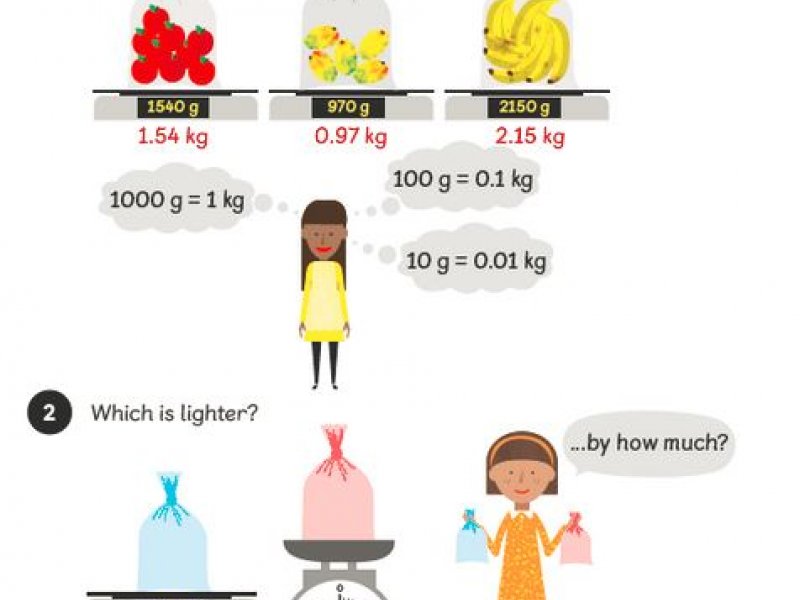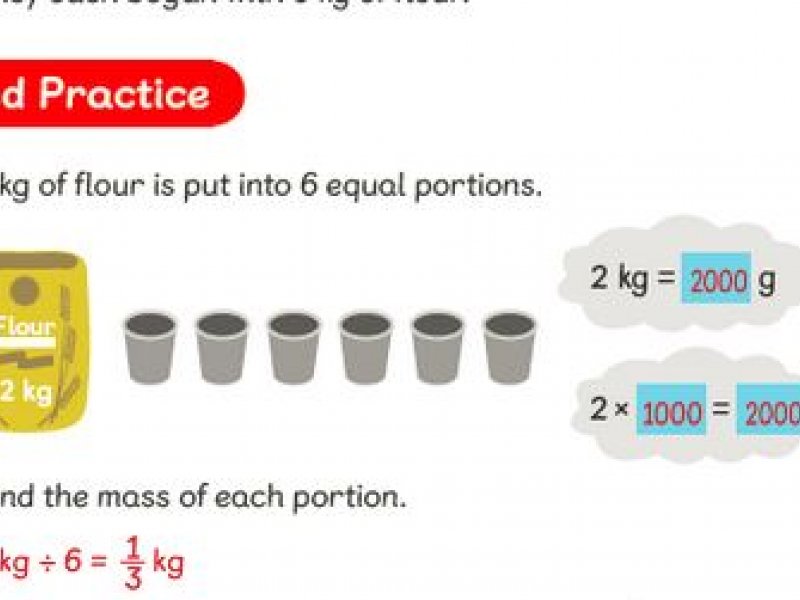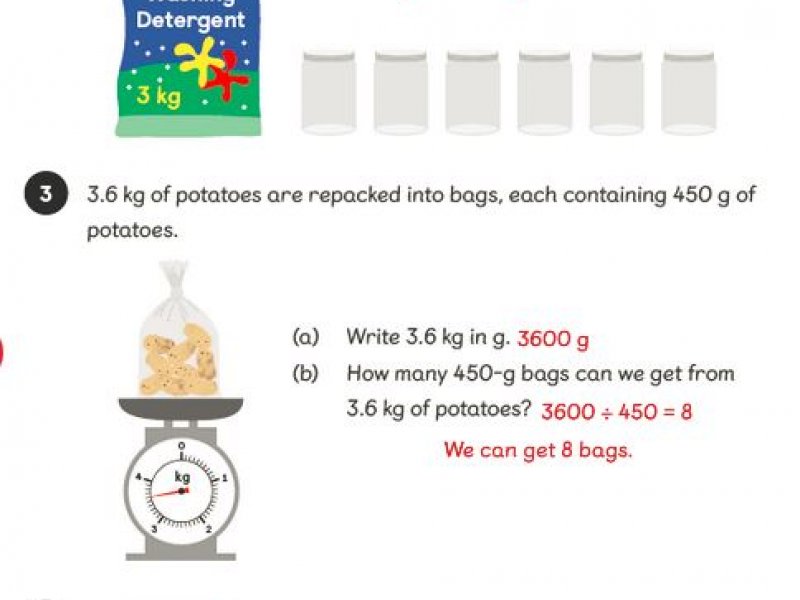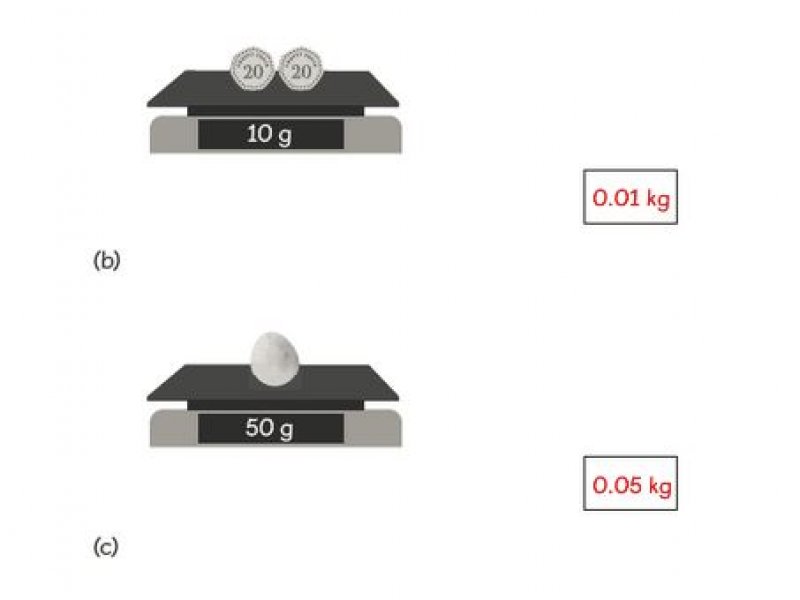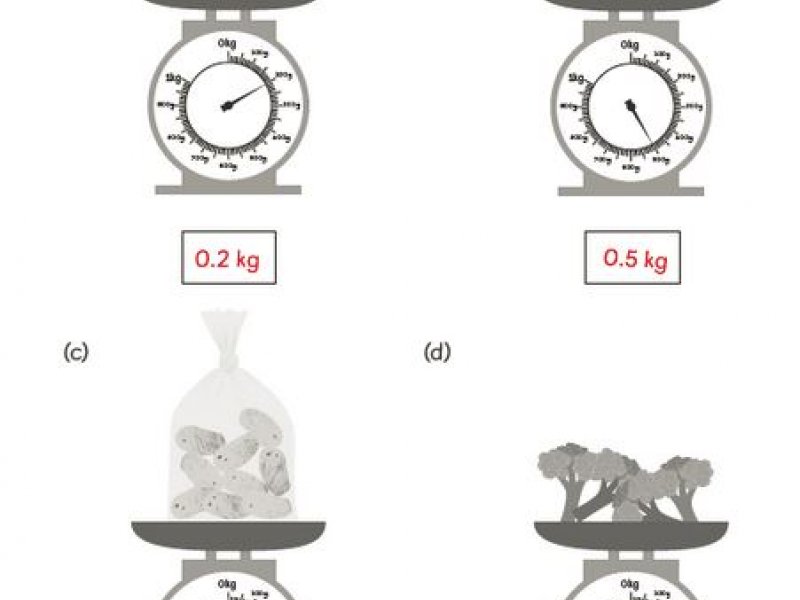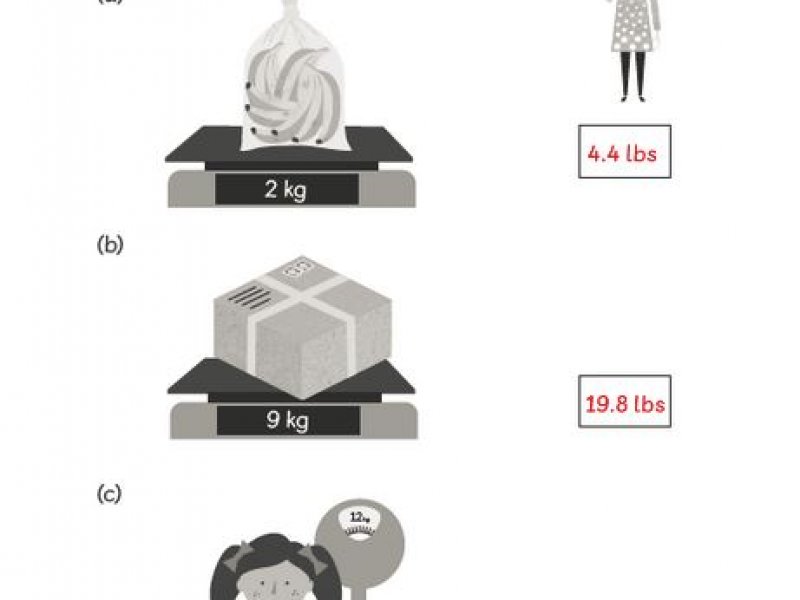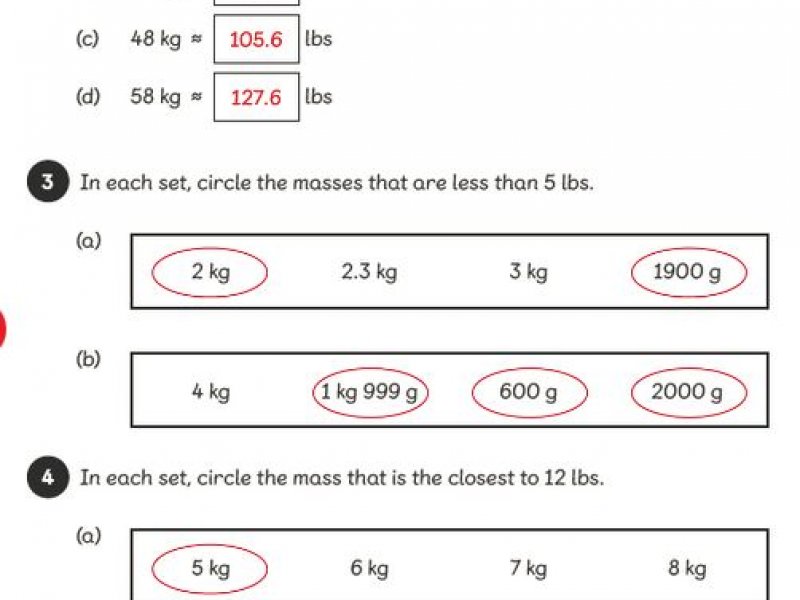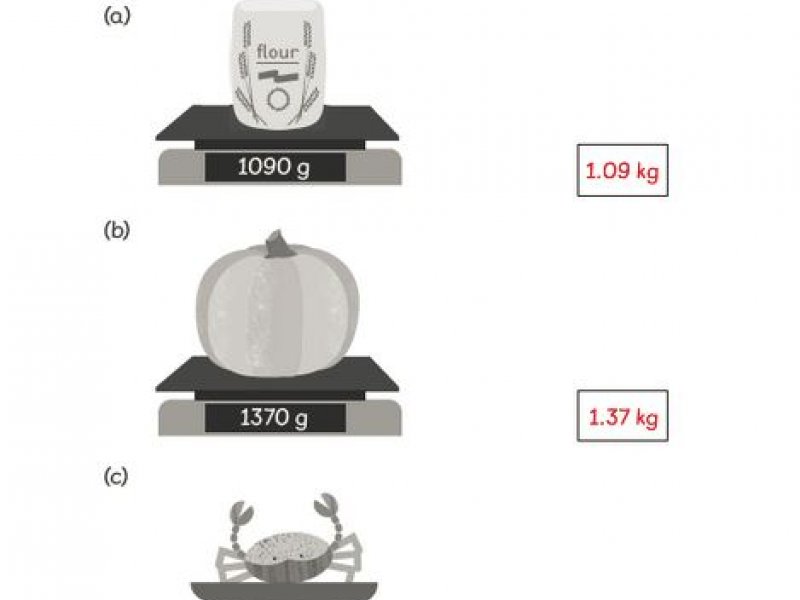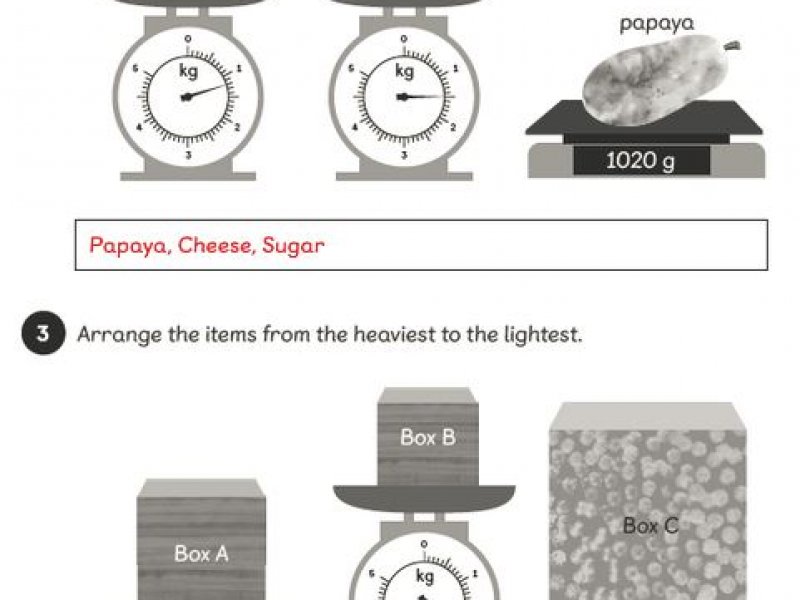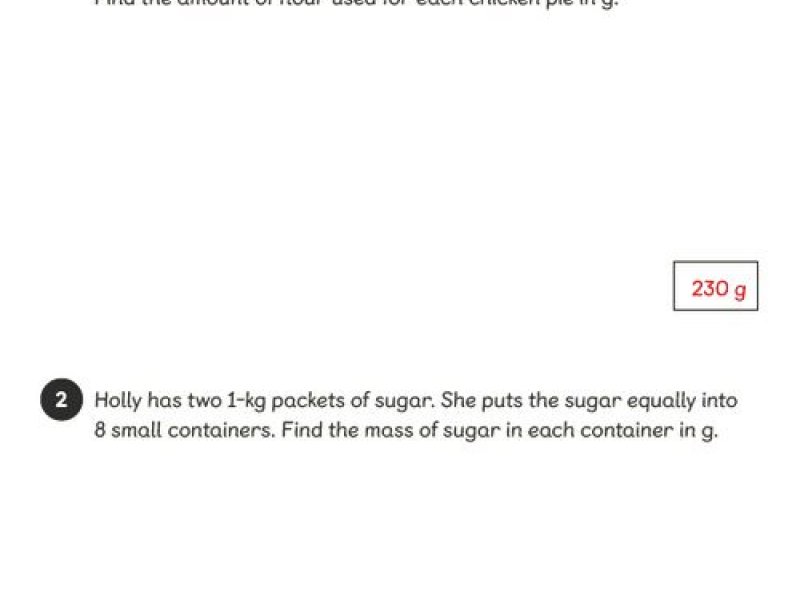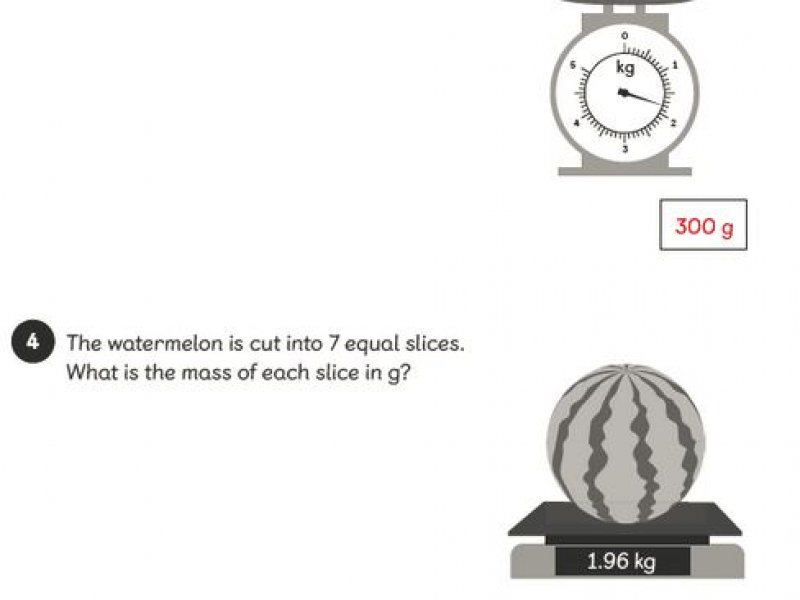Good morning everybody, here are your tasks for today:
Maths
Mental Arithmetic: 9x tables.
Today I would like you to play the memory pairs game again with multiples and factors of the 9x tables. Write out the numbers 1 to 12 on separate pieces of paper and all multiples of 9 up to 12 x 9 on another piece of paper. Turn them over face down and take it in turns to turn over 2 pieces of paper at a time – you need to match a multiple to it’s factor, i.e. 1 and 9, or 4 and 36.
Please access your TTRockstars account as well, using your Purple Mash logon details and play some games. Remember, your scores will count towards our whole school competition scores against other local schools this week!
Maths No Problem: Textbook 5B Chapter 11 Measurements.
Lesson 6: Converting units of mass.
In Focus: Hannah needs to record the mass of the parcels in kilograms. What do we need to do to convert grams into kilograms? To solve this problem, you could partition the amount into thousands, hundreds and tens. Why would this help? How many grams make 1 kg? How would we represent 100g as a kilogram? Is 100g less than a kilogram? How many lots of 100g would go into a kilogram? Remember that 100g can be represented as 0.1 (1 tenth) of a kilogram. How would you represent 300g as a kilogram?
Next, think about 10g. How would we represent 10g as a decimal? How many times does 10 go into 1000? Remember that 10g could be represented as 0.01 of a kilogram. Partition each of the parcels’ masses and write each place value one at a time, starting with kilograms then moving onto tenths of a kilogram and finally hundredths of a kilogram. Is there any other way we can convert grams to kilograms? Have we used another method? Is it possible to use division?
Let’s Learn: Use Let’s Learn 1 to work through the conversions.
Guided Practice: Your child will be converting various items from grams into kilograms.
Workbook: Complete worksheet 6, pages 109 – 110.
English
Reading: Your child should try to read for at least 20 minutes every day. Remember to log on to Accelerated Reader and complete quizzes for all the books you have read! If you have a Lexia account, try to log on and complete at least 15 minutes a day.
Don’t forget your Book Buzzes Year 5! If you have recently read a book which you would really like to Buzz, send it through to me and I will include it in next week’s Home Learning post!
Writing: To start with, please revisit our Rhiswanozebtah informatio text from Ted Splorer using your storymap.
Today, we will be investigating some of the vocabulary used in the text. Go back through the text and underline any words you don’t know the meaning of. Can you find out? Ask an adult, use a dictionary or try using Google.
We’re going to investigate some of the words together. Have a look at these words and definitions:
| Word | Definition |
| juveniles | Anything young, i.e. humans, animnals, plants |
| prominent | Something which stands out and can be seen easily |
| inhabit | To live somewhere |
| gouge | To make a rough hole in something |
| agile | Moving quickly and easily |
| surveying | Looking out for something |
| prey | An animal which is hunted by another animal |
Fill the gaps
Write out the following sentences in your journals and fill in the gaps with the correct word from our table:
- The scales on a giant lion snake act as a warning to hunters and are very _____________________.
- Cheetahs stalk a range of __________________when they hunt.
- Many Polar bears ___________________ the North Pole, along with seals.
- Beavers tend to ____________________ holes into logs to keep their teeth sharp.
Now read the definitions below and write them out with the correct definition:
Does inhabit mean ‘to live somewhere’ or ‘to walk through something’?
Does prominent mean to ‘be seen’ or to ‘stand out clearly’?
Does surveying mean ‘to look around for something’ or ‘to glide along quietly’?
Does being juvenile mean ‘being a human’ or ‘being young’?
Topic: History
Well done and thank you to all of you for sending me your map comparisons, they’re great! Comparing primary historical sources is a key historical skill, so you are well on the way to becoming proficient historians Year 5!
You all did well to estimate the ages of the maps, the dates are as follows:
Map 1 = 1774 Map 2 = 1600’s Map 3 =Early 1500’s Reign of Henry VIII
This week we will be researching Royalty associated with our town and using some of our artistic skills to represent them.
Please look closely at the pictures of two Kings associated with our town below, King George III and King Henry VIII.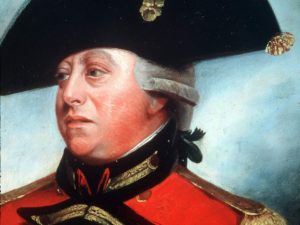
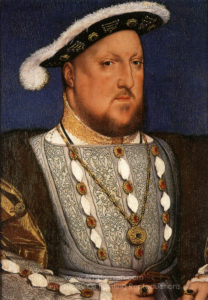
Your first task is to choose one and draw their portrait in your own style in your journals. The great thing about art is that there is no right or wrong way of doing it, it is completely your own work.
Think carefully about using your pencil to copy the lines, shadows and tone of the image. Look closely at the clothing and headwear, how do they both differ?
Your second task is to research and write up a little bit of history of your chosen monarch and how they are related to Weymouth. You could use Google, Wikipedia or The Weymouth Museum websites. Or try http://www.weymouth-dorset.co.uk/ or https://www.weymouthandportland.info/local-history
When did they come to our town? Why did they visit? What did they do here? Did they leave a legacy (something that remains)?
Remember not to just copy what you find out, read through and choose only what you feel is relevant to your research!
I would love to see both your pictures and your research, please send anything to me you would like to show me!
